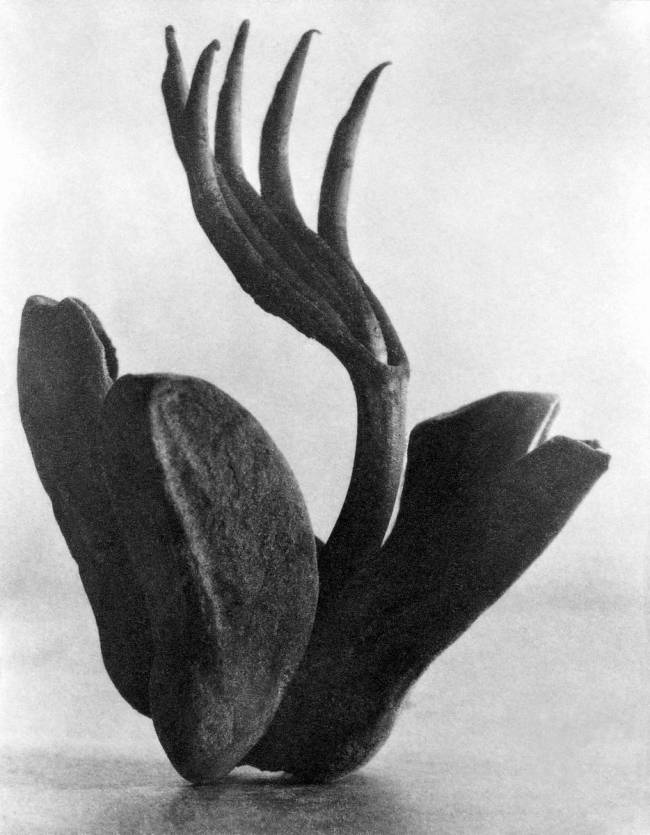Shop art print and framed art Flor de Manita by Tina Modotti
Subjects : Flowers & Botany
Keywords : Mexican, black and white, flower, hand, nature, photography, plant, weird, zoomorphic
(Ref : 139039) © Galerie Bilderwelt / Bridgeman Images
Customise
Your art print
Flor de Manita OF Tina Modotti

The artwork
Flor de Manita
Saint Sébastien et l'ange (in French: Saint Sébastien et l'ange, in English: Saint Sebastian and the Angel) or Saint Sébastien Baptisé comme un martyr (Saint Sebastian Baptised Martyr) is a painting by the French symbolist painter Gustave Moreau, painted around 1876. Oil. The subject is taken from Saint Sebastian, martyr during the reign of the Roman emperor Diocletian; it was one of the works exhibited at the Salon of 1876 and is in the collection of the Fogg Art Museum, Harvard University, Cambridge, Massachusetts, USA. A variant produced at the same time is also in the collection of the Gifu Fine Arts Museum, Gifu, Japan.
Saint Sebastian is thought to have originally been an officer in the army of Diocletian, the emperor who oppressed the Christians. He secretly converted to Christianity, but his conversion was discovered when he tried to help his comrades, and he was ordered to be executed with a bow and arrow. Saint Sebastian was shot several times in the body, but each arrow miraculously missed the vital spot. The executioners assumed he was dead and left, but he recovered under the care of Saint Irene and was beaten to death with a club for professing his faith to Diocletian.
Moreau painted a fantastic scene in which an angel appears to Saint Sebastian as he is tied up and condemned. Saint Sebastian is tied to a tree, his right arm raised and his left arm behind his back, with three arrows protruding from the right side of his body. An angel with outstretched red [...]
This artwork is a photography from the war and roaring twenties period. It belongs to the graphic photography style.
« Flor de Manita » is kept at Bilderwelt Galery.
Find the full description of Flor de Manita by Tina Modotti on Wikipedia.
You may also like
The Réserve Muzéo I take advantage of it
- 30% !
Make good deals by browsing our Reserve : editions of our catalog which await their purchaser at a low price.























